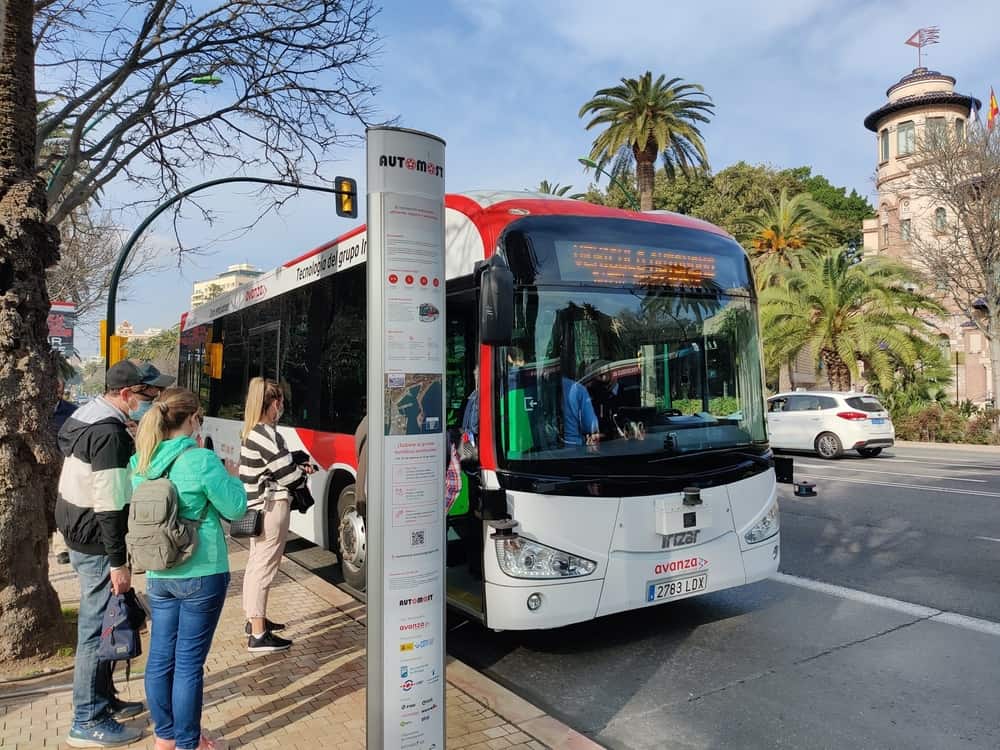
The Spanish port city of Málaga gave us Pablo Picasso and now also Europe’s first self-driving city bus. The bus is twelve meters long and seats 60 people. Equipped with sensors and cameras, it connects the port of Málaga with the city center via an eight-kilometer route.
The bus utilizes artificial intelligence to improve its choices based on data recorded along the route. For the technology to work, Málaga city government has invested in “smart” traffic lights that communicate with the bus and tell it when to stop and accelerate..
The trial in Málaga is the first involving a city bus of a regular size driving together with other vehicles on public roads.”
Speaking of the system’s technology, the creators of Automost (Automated driving for dual-mode system transport), as the project is called, published their plans in a scientific journal three years ago. The Spanish initiative is based on the various findings in the field of automated driving from the Karlsruhe Institute of Technology (KIT, Germany) and the University of Parma (Italy), among others.
Breakthrough fails to materialize
Driverless pilot projects have been launched in Europe before, most notably also in the Netherlands. In fact, the first unmanned shuttle bus (8 people) drove around a restricted area in Wageningen five years ago.

The trial in Málaga is the first with a normal sized city bus driving on public roads together with other vehicles. Despite the advanced technology, there is still a driver at the wheel to take control if necessary. Spanish law does not allow for driverless vehicles..
The breakthrough in self-driving transport has been a long time coming. This is due to lack of regulation and safety. For example, in 2018, an Uber self-driving car killed a woman who was crossing the street. Trials involving a self-driving shuttle bus also had users complaining about the lack of speed.
Fellow townspeople of Picasso can still ride the self-driving bus for free until March 13. After that, the trial will come to an end.








